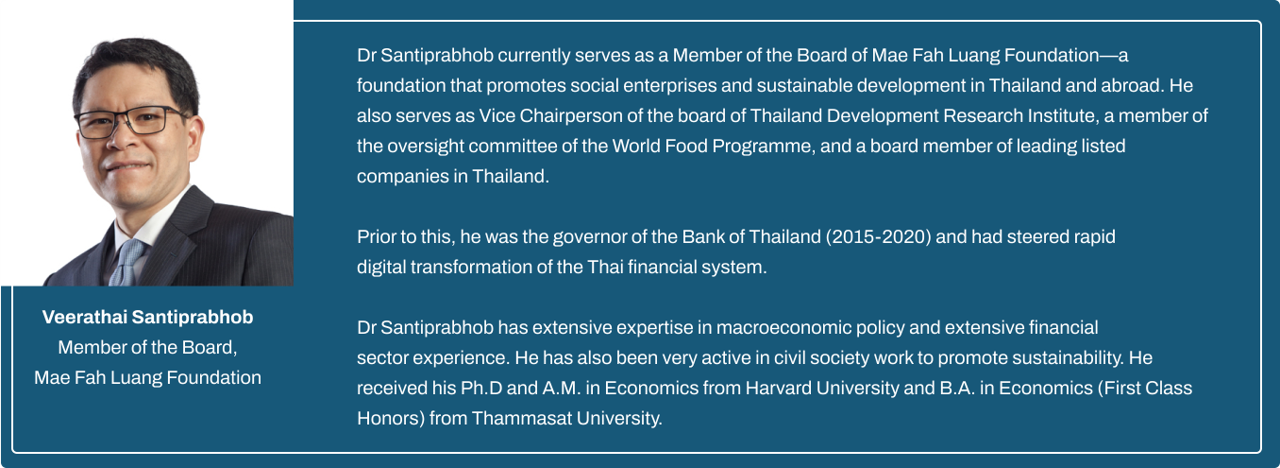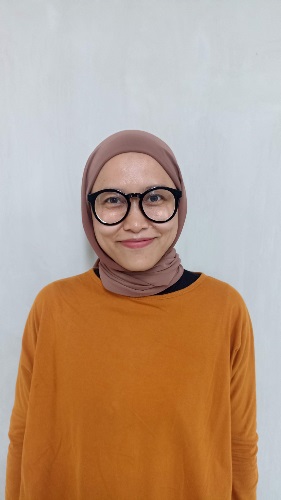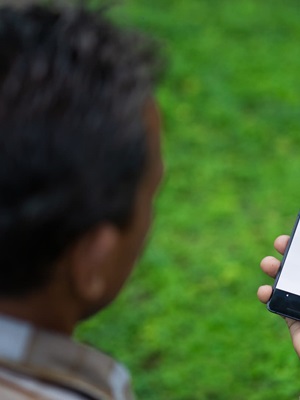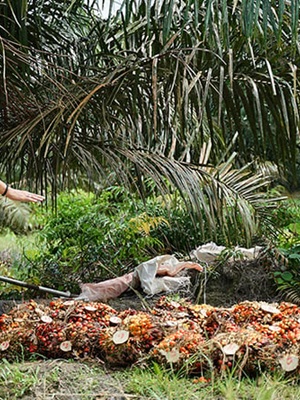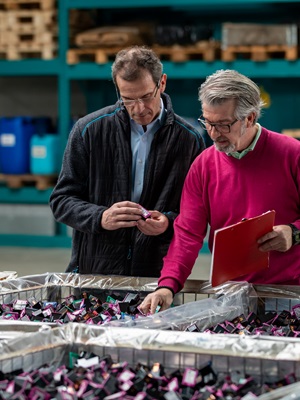While doing household chores like hanging the laundry, I got a question from my 6-year-old that made me think.
“Mom, it’s always sunny here, can we use the sunlight to make electricity?”
I paused for a moment before giving an answer that a young child could understand. This question came up because a few days ago, we watched a children’s video about solar panels. With colorful animations and engaging explanations, the kids were fascinated by the idea that sunlight could be turned into electricity.
Ideally, Indonesia, located on the equator and bathed in sunlight year-round, should be able to harness this abundant energy as a renewable electricity source. Unfortunately, the roadmap for Indonesia to break free from fossil fuel-based electricity is still a long one.
Indonesia is rich in renewable energy potential. From a simple perspective, in this country, drying laundry doesn’t require additional drying machines like in cold-climate countries. Sunlight is available all year, and even during heavy rainfall, clothes dried indoors will still dry in a few days because of the wind.
Hanging the laundry with Sunlight year-round in Indonesia.
However, despite the huge potential for solar energy, its utilization is still far less than that of coal-based electricity.
In 2019, Indonesia produced 275 TWh of electricity from power plants with a total capacity of 69.1 gigawatts (GW). Ironically, almost 90% of this electricity came from fossil fuel power plants - coal, gas, and diesel. Only a small portion came from renewable energy plants - water, wind, geothermal, solar, and biofuel.
The use of coal as an energy source has been around since the industrial revolution in the 18th century. Coal was considered essential for powering transportation vehicles and steam engine factories (2). In Indonesia, since the 1980s, coal has been used as a power plant fuel replacing oil. If we do a simple calculation, the use of coal as an energy source has been going on for over 200 years.
When I explained this to my child, he spontaneously responded, “Wow, that’s a long time, Mom! Is that like the time of the dinosaurs?”
I laughed at his response. I realized that humans have been relying on coal for such a long time. Isn’t it time for a change? With other energy sources that are abundantly available and continuously renewable? Do we really have to wait until coal runs out before we realize it?
Learning from Indigenous Communities
Although it can't be compared to larger scales, the use of electricity from water and solar energy by the indigenous community of Kasepuhan Ciptagelar, Sukabumi, West Java should be an example.
Kasepuhan Ciptagelar firmly holds on to ancestral traditions and they are very close to utilizing technology from Solar and Water Energy Power Plants that have been built since 1997. Renewable energy is a perfect match for meeting environmentally friendly electricity needs.
If the awareness of conserving water and utilizing sunlight for electricity generation as practiced by the Kasepuhan Ciptagelar community could be replicated in urban communities, the prediction from a research study that coal power plants could be completely replaced by renewable energy by 2050 might very well come true.
One of the water energy generating turbines in Kasepuhan Ciptagelar. Photo: Della Syahni/ Mongabay Indonesia
Learning from Ciptagelar, I also began to ponder. Should electricity generation be managed locally instead of being handled by the central government? By considering the energy potential around the community and involving residents in its development and management?
A Hope from Cirata Reservoir
Despite the current dominance of coal energy, there is a glimmer of hope in the use of solar power plants managed by the government. In 2023, a Floating Solar Power Plant (PLTS) was built and utilized at the Cirata Reservoir, West Java. This PLTS is the largest and first in Indonesia and even in Southeast Asia.
The Cirata PLTS, built on an area of 250 hectares with 340,000 solar panels, has the capacity to supply electricity to over 500,000 homes in Indonesia.
PLTS Cirata Reservoir Photo : Kementrian ESDM
The Indonesian Government's commitment to transitioning from fossil fuels to renewable energy requires significant investment. Therefore, several financing schemes are accepted by Indonesia, one of which is the Just Energy Transition Partnership (JETP).
Simply put, this is a financing scheme from G-7 countries for developing countries to achieve a just energy transition. After South Africa, Indonesia is next to launch the JETP scheme. As Indonesian citizens, we can help monitor the implementation of a just energy transition at
https://transisienergiberkeadilan.id/.
A Housewife’s Hope for Energy Sources in Indonesia
I fully understand that the reality on the ground regarding electricity utilization is not simple. But as a housewife, I have dreams for Indonesia's electricity. I hope the electricity we use at home will not harm people or the environment.
Moreover, the electricity tariff from renewable energy should be fair. I’m not saying it has to be cheap, but it should be reasonable—not too cheap but not overpriced either. The key is that no one is harmed. Everything should be done based on the principles of People, Planet and Prosperity.
Hopefully, with the awareness of both the public and the government about Indonesia's renewable energy potential, its utilization can be accelerated. Let’s not regret being late and end up confused when answering children’s questions like, “Why didn’t we use sunlight a long time ago, Mom?”
Posted 29/05/2024
